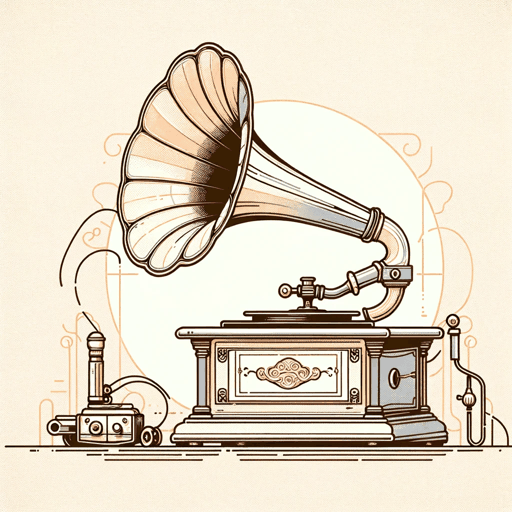45 pages • 1 hour read
Alan Jay Lerner, Frederick LoeweMy Fair Lady
Fiction | Play | Adult | Published in 1956A modern alternative to SparkNotes and CliffsNotes, SuperSummary offers high-quality Study Guides with detailed chapter summaries and analysis of major themes, characters, and more.
Symbols & Motifs
Flowers
Flowers symbolize femininity and vulnerability in the musical. At the beginning of the musical, Eliza Doolittle makes her living selling flowers on the street at Covent Garden. Most of the flowers she sells are likely to wealthier men who buy them for ladies, and although Eliza is attractive, she doesn’t have a gentleman buying her flowers. While flowers are delicate and beautiful, they are also fragile and easy to destroy: Eliza’s bundles of violets in the first scene are ruined when they are dropped in the mud by the wealthy Freddy Eynsford-Hill, alluding to how precarious her social and economic situation really is. They’re also ephemeral and short-lived even under the best conditions. This fate is eerily similar to what Henry Higgins projects will happen if Eliza marries Freddy: She will age, her beauty will fade, and he will find a younger woman.
Eliza, however, doesn’t want to be a delicate flower who faints at curse words and only has a short shelf life. At Higgins’s suggestion that she could get married now and have her pick of eligible bachelors, Eliza states that she used to sell flowers, but she never sold herself, drawing a connection between flowers, which are ultimately objects and commodities, and the women who are bred and raised to become wives in the patriarchal society of the musical.

